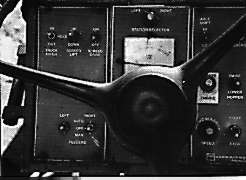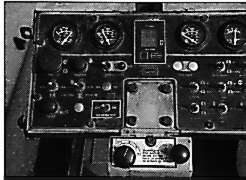
Paving industry’s Rembrandt brushes with change By John S. Ball III
 Wherever the paver goes, the operator's brush goes. Whether the lane is straight or crooked, the paver operator is the one who decides. He's always been in the back-ground, the master at work, high and mighty, above us with his brush, bringing the asphalt picture to reality. But we often take this asphalt paving artist for granted way up there in his seat. We should examine his role in the paving pic-ture as his tools alter and consider the training he'll need to adjust to the changing paver.
Wherever the paver goes, the operator's brush goes. Whether the lane is straight or crooked, the paver operator is the one who decides. He's always been in the back-ground, the master at work, high and mighty, above us with his brush, bringing the asphalt picture to reality. But we often take this asphalt paving artist for granted way up there in his seat. We should examine his role in the paving pic-ture as his tools alter and consider the training he'll need to adjust to the changing paver. s have electrical hydraulic steering, which makes them a lot easier to maneuver than in the past. They're more complex, yet easier to operate, because of all the microprocessors and computers on board that help guide the paver.
s have electrical hydraulic steering, which makes them a lot easier to maneuver than in the past. They're more complex, yet easier to operate, because of all the microprocessors and computers on board that help guide the paver. makes it easier to maneuver a paver than it was in the past, but it takes a little more time to get the hang of.
makes it easier to maneuver a paver than it was in the past, but it takes a little more time to get the hang of.Home | Articles | Qualification | Calculators
Top Quality Paving
PO Box 4398
Manchester, New Hampshire 03108
Cell Phone 603-493-1458
Write to us at our E-mail address for more information
Visit Asphalt Contractor Magazine Online!
WebMaster: Sullivan+Wolf Design, LLC